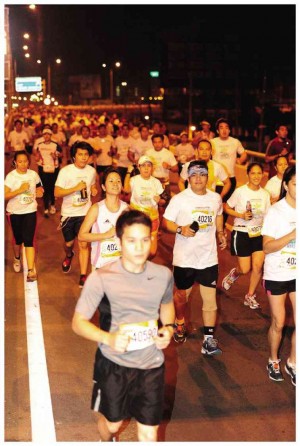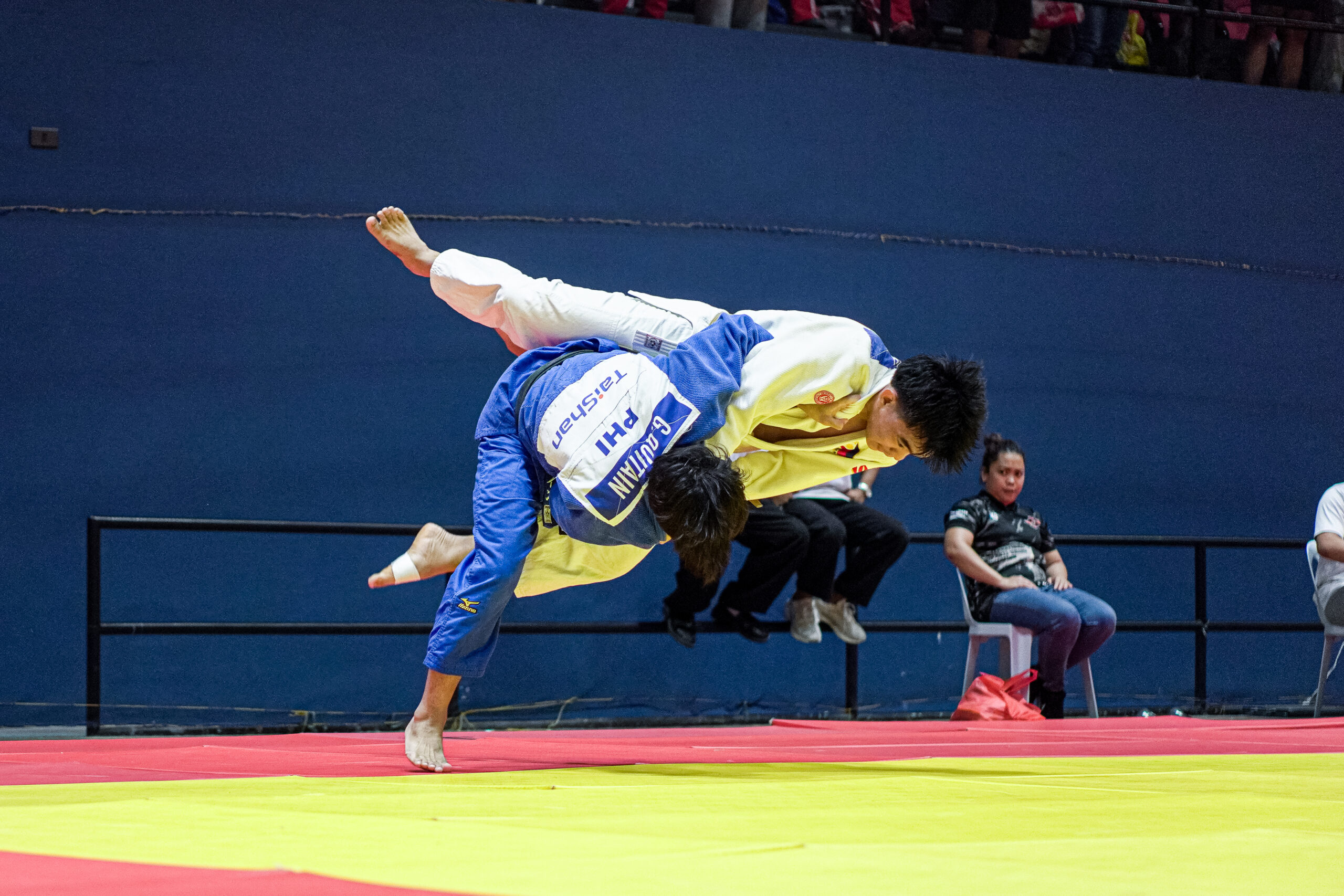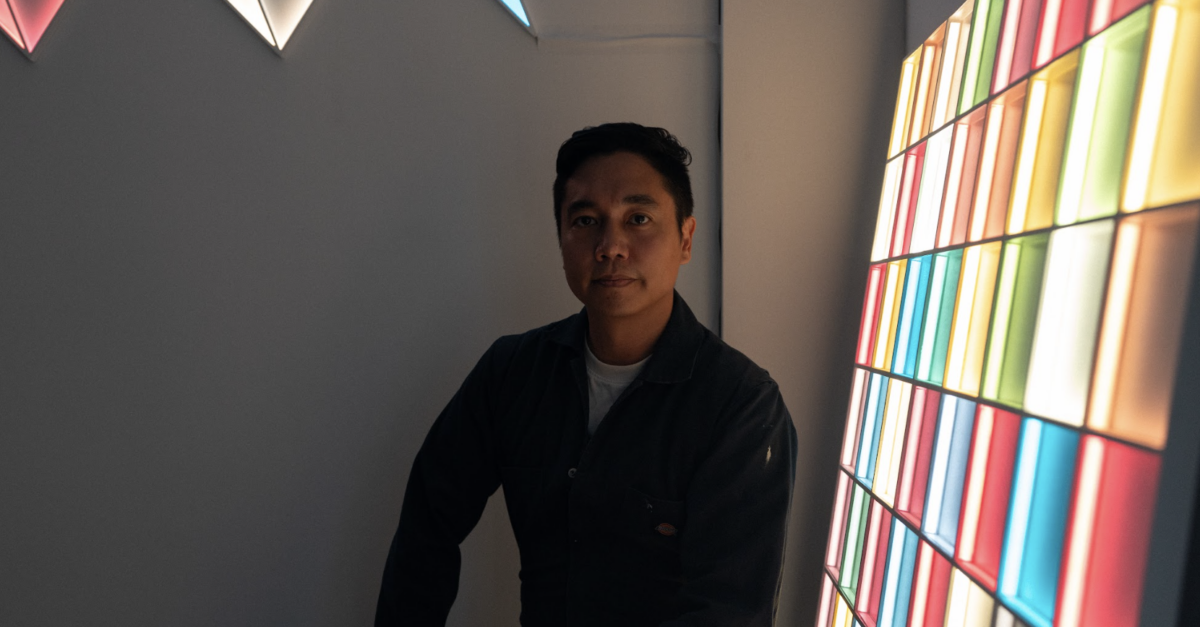

It was the year stem cell therapy became a household name.
Although the science has been around for half a century in Europe, it was not until the Asian Institute of Longevity Medicine (AILM) opened its doors to Filipinos in 2009 that stem cell therapy took off in the country.
Today, AILM’s German-based partner, Tissue and Cell Banking (Ticeba), headed by its founder and managing director Dr. Christoph Ganss, is one of the country’s most sought-after stem cell therapy consultants.
If you think that, because of its exceedingly high price tag, stem cell therapy would catch on only among the well-heeled, think again. Entrepreneurial Pinoys saw the potential moneymaker in the name, and soon peddlers began brandishing everything from “stem cell water” to “stem cell fertility kits.”
Another top hit of 2013 is juicing/detox. Now a multibillion-dollar industry in the United States, juicing—while it has been practiced by many vegans and vegetarians in the Philippines since the early 2000s—became big this year when the Australian documentary filmmaker and juicing advocate Joe Cross visited the country.
Today, there are three major competing organic juice brands on the market.
Organic produce

With the popularity of vegetable juices comes the rise of organic produce. More and more grocery stores are carrying organically grown vegetables, sourced either locally or abroad. The steady demand for organic veggies suggests it has a growing market that’s willing to embrace a healthier, albeit more expensive, lifestyle.
Still hot are chia seeds and kale vegetable.
Peninsula Manila perhaps took note of that trend when it introduced vegan dishes in all its restaurants this year. Named the 360 Degrees Wellness, the menu is inspired by dishes at The Farm in San Benito Health Resort.
It was also this year that gym rats got bored running on treadmills like hamsters on a wheel. Gym operators and instructors saw it coming, so a new wave of workouts was born, among them the Pilates-and-boxing combo Piloxing; Antigravity Yoga; Core Suspend; Plana Forma’s Physique 57 that combines Pilates, ballet, yoga and plyometrics; Caveman workout; Insanity Workout; and the heart-pumping YogaFIT.
Stott Pilates, Red Cord and Barre, meanwhile, are still winning over new followers.
The Latin dance-inspired Zumba continues to be the most accessible workout activity out there, offered in practically every gym and in many corporate fitness programs.
Running, while it has never really lost its allure, has moved on to better-quality runs. Most major running events in 2013 did not have the crowd favorite 5K leg anymore. Instead, they now kicked off at the 10K minimum.
That’s unfortunate for beginners who want to join their first race, but it also means many runners are now more serious about the sport by doing longer distances. This commitment hopefully translates into running’s longevity on the local scene.
Another sport on a steady upswing is triathlon. The swim-run-bike combo once exclusive to elite athletes is now doable to the average Joes and Janes with the half triathlon (70.3 Ironman, for instance).

For the less prepared, there’s always the option to join a relay team.
Workout gamification
The gamification of workouts is not going away, either. The instant recognition of earning badges, points and rank in leaderboards in apps has the power to motivate, say, an otherwise weary power-lifter to aim even higher.
But perhaps this trend’s most powerful effect is on the beginner, by pushing him or her to continue with the program with even more rewards.
Popular apps on the market include the workout log and exercise journal Gym Hero; Nike’s intense, calorie-burning 30-minute strength-training programs called the Nike Training Club (NTC); and running apps like Nike+, RunKeeper and the new pro version of the website-based Smashrun that now supports Garmin, Nike+, GPX, TCX and HRM files.
Also worthy of mention is the Protacio Adult and Pediatric Neuroscience Center at the Protacio Hospital in Parañaque City.
The center aims to examine its patients more thoroughly by providing a team that will look into their medical, psychological and spiritual needs.
The team will be composed of a medical doctor, neurologist, psychiatrist, psychologist and a social worker. These experts will consult each other about a patient’s condition, thus sparing the patient from having to jump from one doctor to the other when seeking treatment for a lingering illness.















































